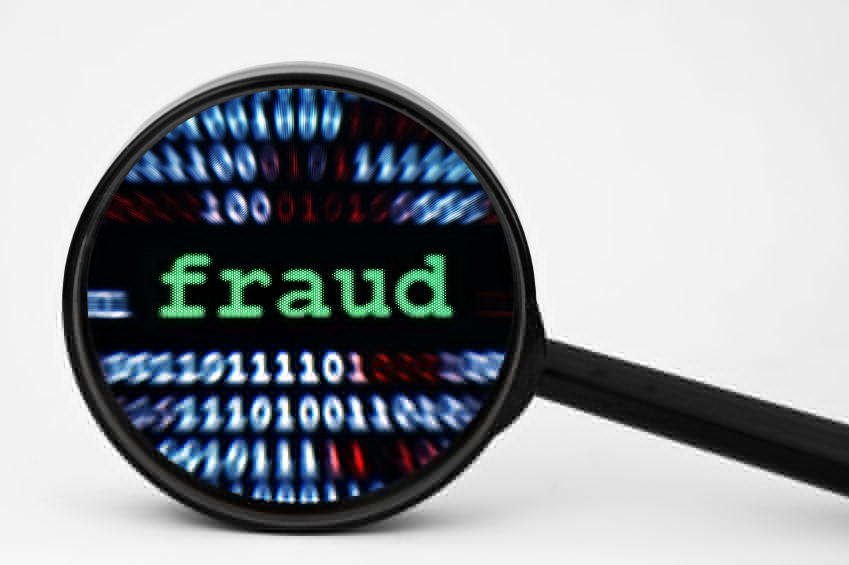Most online frauds thrive on merchant complacency, and fraud rings particularly look for merchants who are naïve to fraud rings’ threats and have a weak payment solution.
Before moving forward, let us understand what fraud rings are. Fraud rings are an organized circle of notorious fraudsters and criminals. These professionals use the same tactics as smaller scammers, but they do this on a larger scale.
Though most fraudsters specialize in one type of attack, they often overlap with cyber and general criminals.
Threats from fraud rings often arise unexpectedly, and that’s why it’s essential to understand how it can harm your business.
Let’s dive in!
How can fraud rings harm your business?
Here are a few ways in which a fraud ring can harm you and your business:
- Be watchful for identity fraud rings
You might be surprised to know that identity fraud rings work like an organized corporation. In one such example, the fraud ring purchased valid social security cards, then sold these cards to customers to obtain driving licenses and other identity proofs.
Interestingly, these fraud rings helped their fake customers build a high credit score by adding them to existing credit card accounts.
Once customers with fraudulent activities obtained a good credit score, they opened fraudulent bank accounts and credit cards. Frauds like these can cost credit card companies and banks millions of dollars.
The ability to uncover fraud ring methods is the key to success and can prevent your business from getting targeted.
- Be alert for SIM swap fraud ring
In a SIM-swapping fraud ring, these sophisticated fraudsters replace a target’s legitimate SIM card with one that belongs to the fraudster. These attackers then initiate password resets for bank accounts, emails, cryptocurrency holding, and other financial sources.
With complete control over the SIM card, these professionals can reset passwords by accessing text messages the account provider sends. In 2019, a SIM-swap fraud led to $1.8 million in cryptocurrency theft.
As a business owner keeping an eye on these activities can prevent you and your customers from falling into the trap of fraud rings.
- Be mindful of credit card fraud rings
A credit card fraud ring might occur when real customers receive fake credit card bills for purchases they never made.
Fraudsters use synthetic identities to commit credit card frauds and never pay the bank holdings their debts. These sophisticated criminals mix and match real customer names, their date of birth, and social security numbers to create fake identities. They apply for a genuine credit card and start charging the bank money.
These fraudsters might use shell organizations to write checks in bogus accounts to enhance the credit limit of ill-gotten cards.
Such frauds can affect brick-and-mortar stores, online stores, and any company that accepts the card not present (CNP) scenario.
How does a fraud ring operate?
As clear from the above examples, fraud rings create fake claims, print counterfeit currency, and steal the identities of genuine customers. While some fraudsters prefer targeting ecommerce websites, government agencies, and charities, many might focus on identity theft.
Usually, a fraud ring tests software against the company’s payment solution and tries to use their fake gift and credit cards.
When they successfully penetrate the first line of defense, they’re more adept at committing larger frauds. These sophisticated professionals can then hack into your company’s database, steal your customers’ personal information, and make larger purchases.
How do you catch these notorious yet sophisticated criminals?
Here are three tips to help your business detect and prevent these fraud rings from entering and jeopardizing your business.
- Know your customer characteristics
To prevent such events from occurring, construct a customer profile using data from social media networks and various online registries. Know your online shoppers’ age, gender, location, and interest.
This can help your business identify irregularities. For instance, knowing your customers are not purchasing electronic items online is key to detecting the technical support fraud ring.
- Try linking orders to understand the anomalies in real-time
Another fruitful way to prevent fraud rings from entering your business is to cross-verify new transactions against the previous ones.
When the data from the previous order matches the new order, it’s more likely that the same customer makes the purchase. Regularly comparing data can help you identify anomalies.
Some basic elements to track can include credit card information, device type, shipping and billing details, email address, and IP address.
- Hire a technical fraud detection service provider
Hiring a technical fraud detection service provider like SEON can help you keep a hawk-eye on fraud rings. Professionals working in SEON can improve compliance, reduce the fraud rate and help a business run smooth operations.
Another great software to consider is Castle, which helps stop fraudulent activities by making better use of data.
These tools keep fraudsters miles away from your business by providing services like phone analysis, module, IP analysis, and phone analysis.



 Bitcoin
Bitcoin  Ethereum
Ethereum  Tether
Tether  XRP
XRP  Solana
Solana  USDC
USDC  TRON
TRON  Cardano
Cardano  Lido Staked Ether
Lido Staked Ether  Avalanche
Avalanche  Toncoin
Toncoin